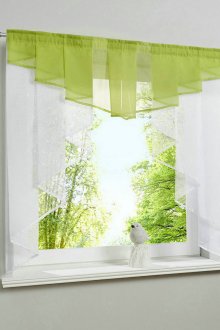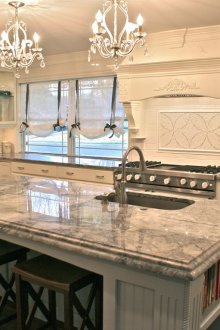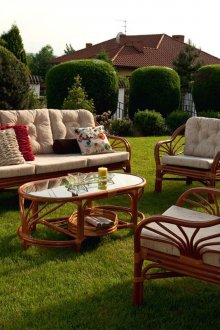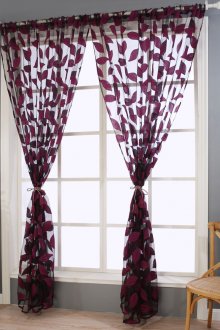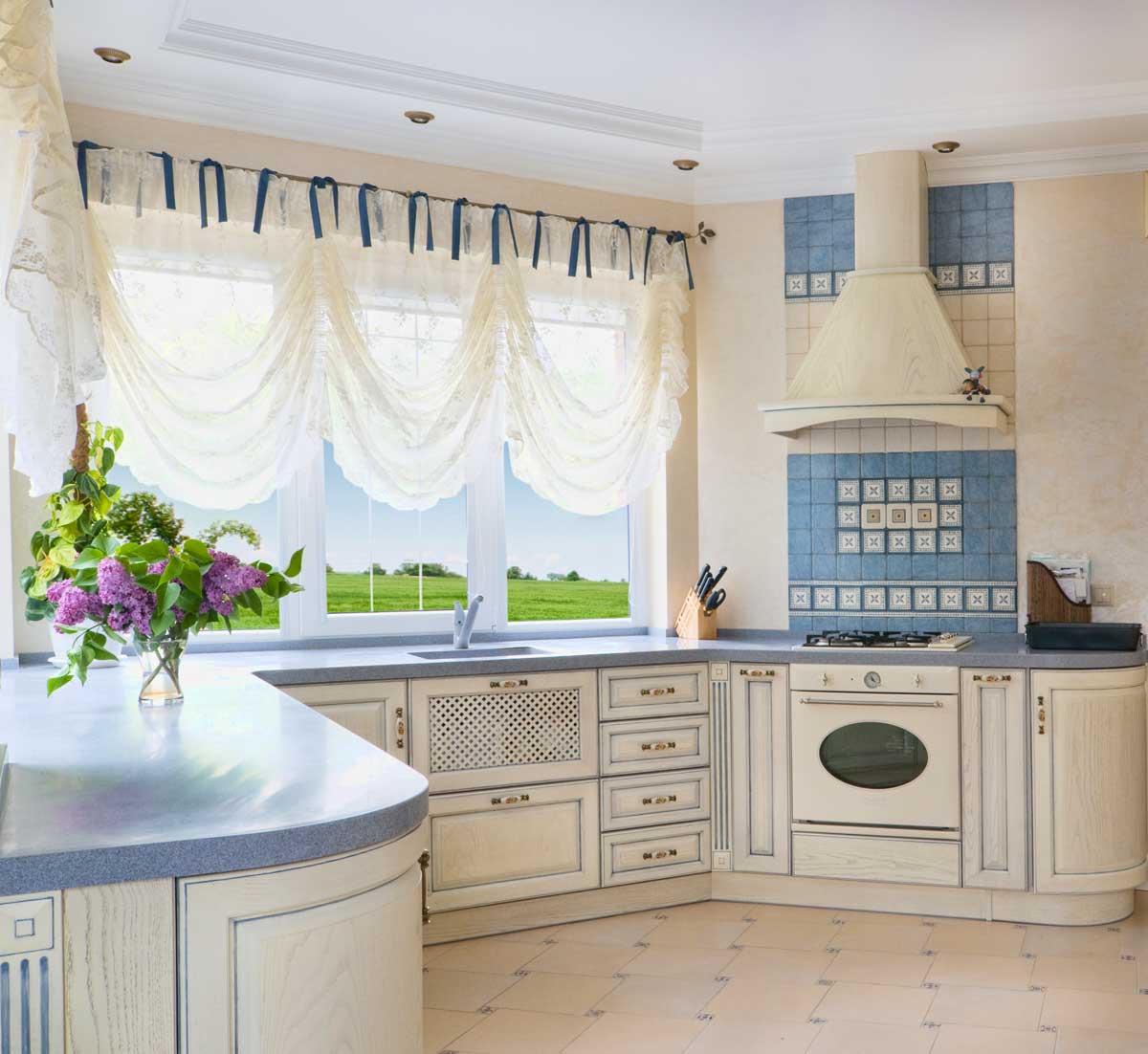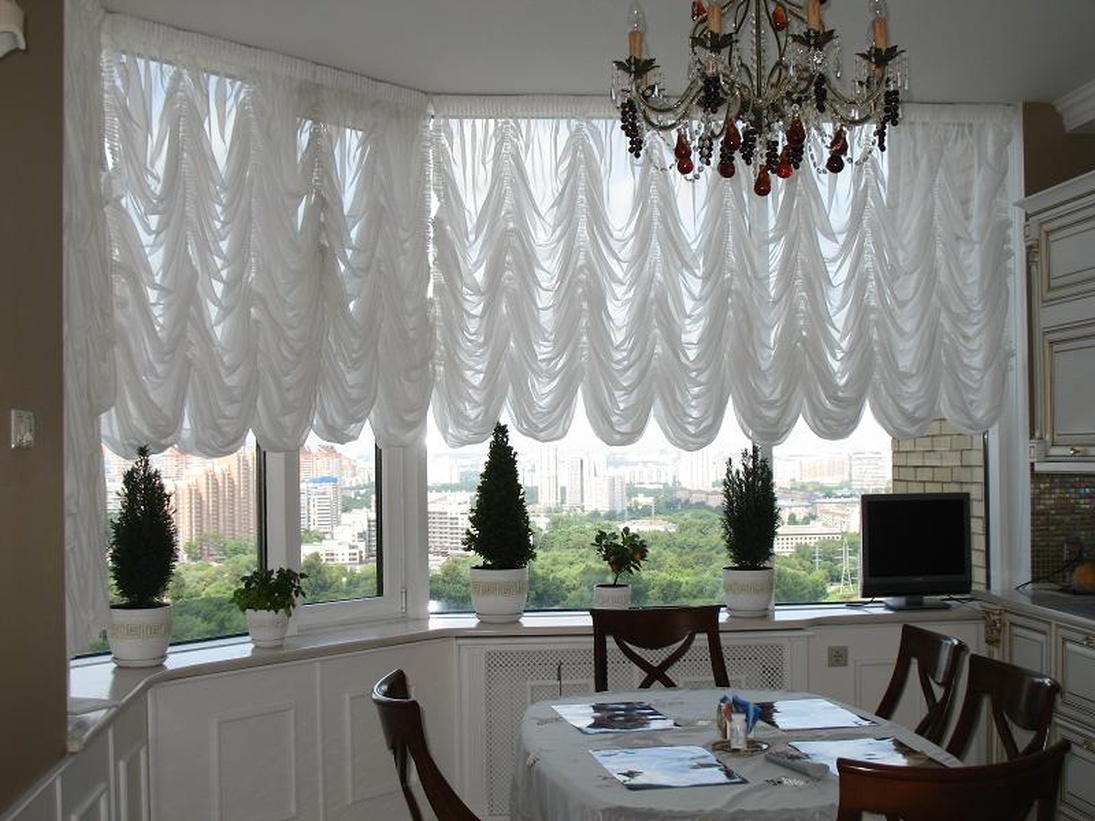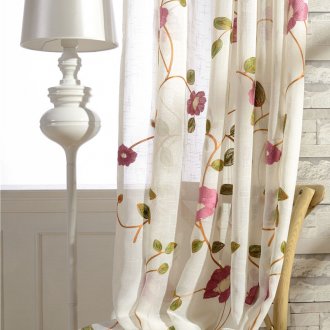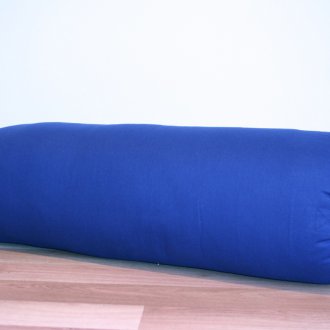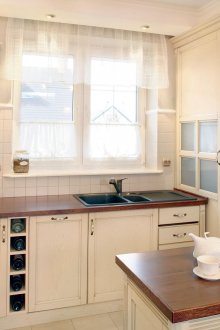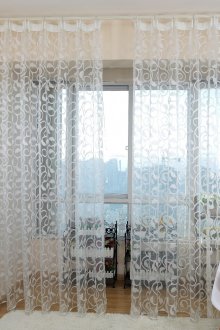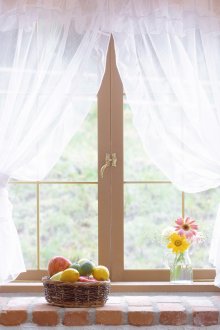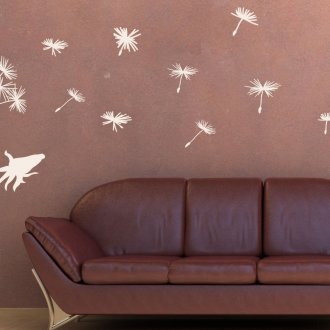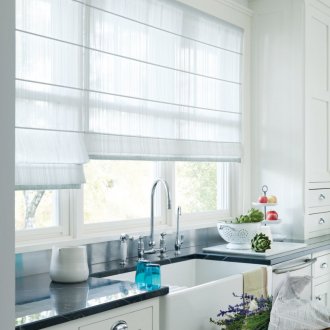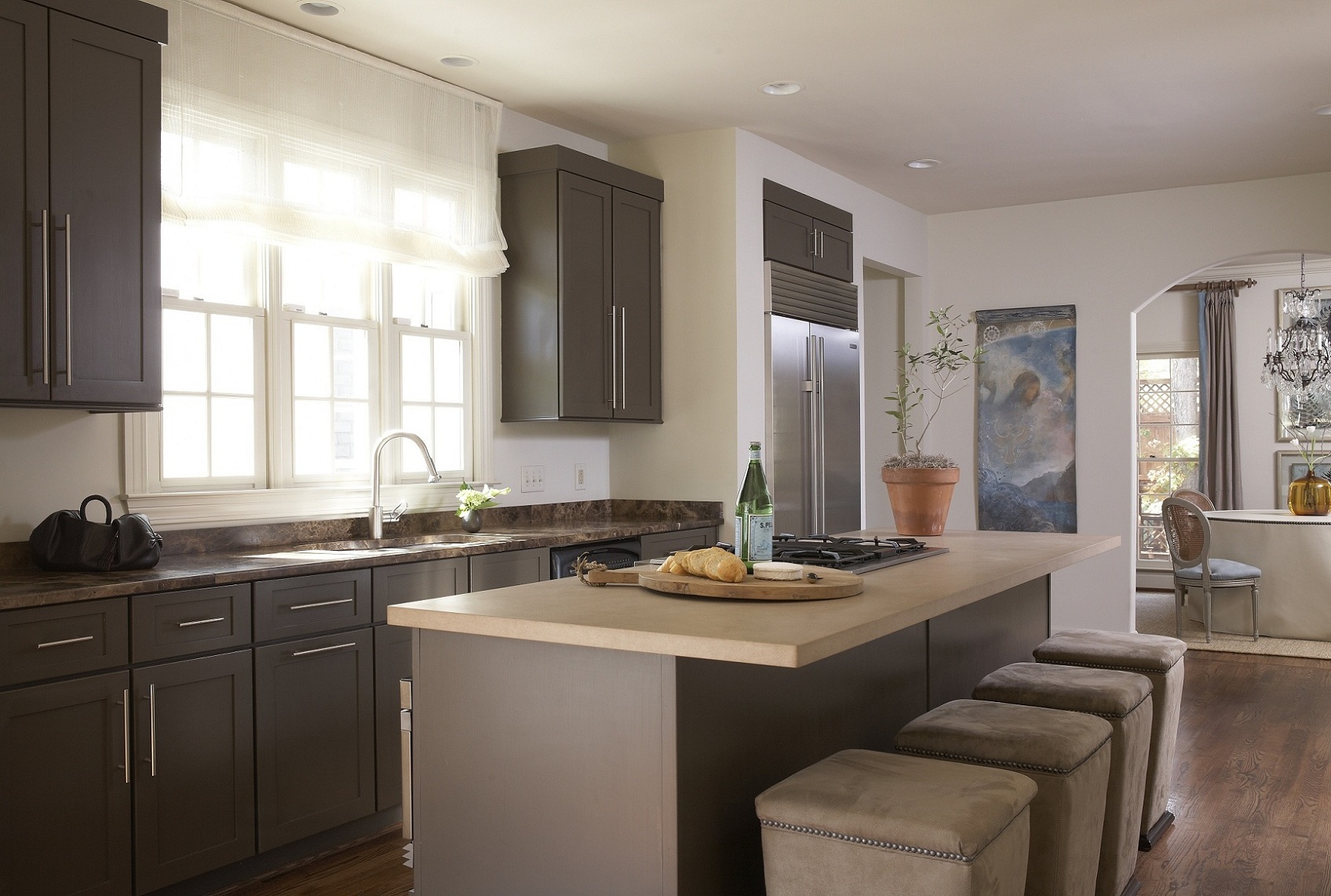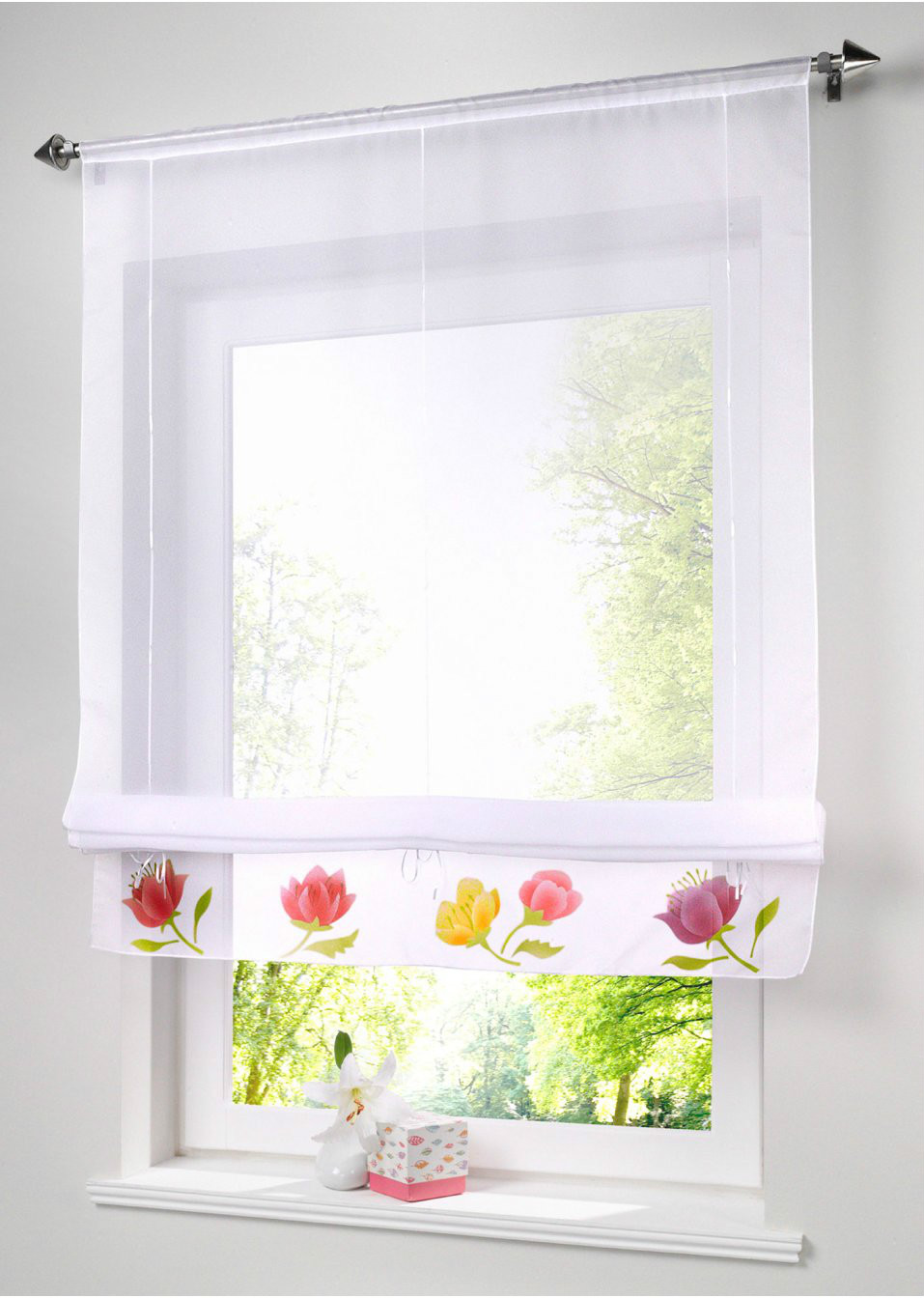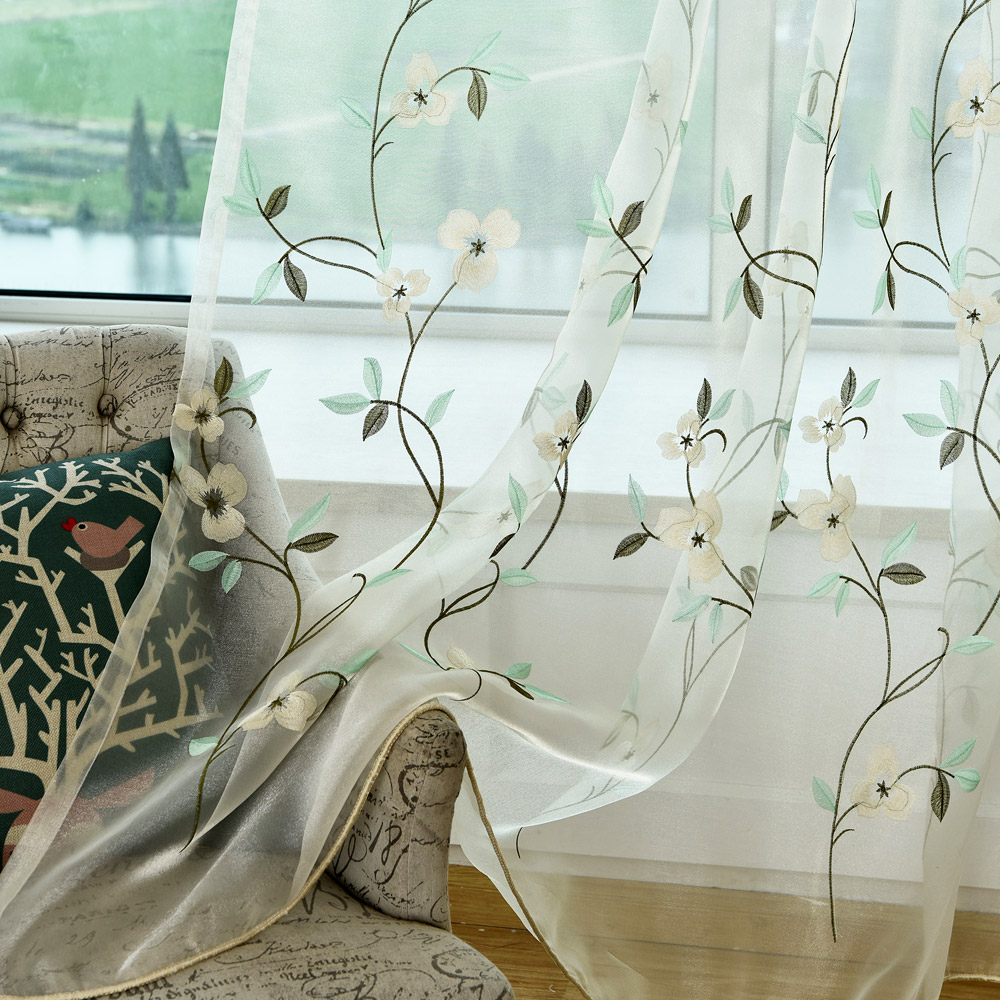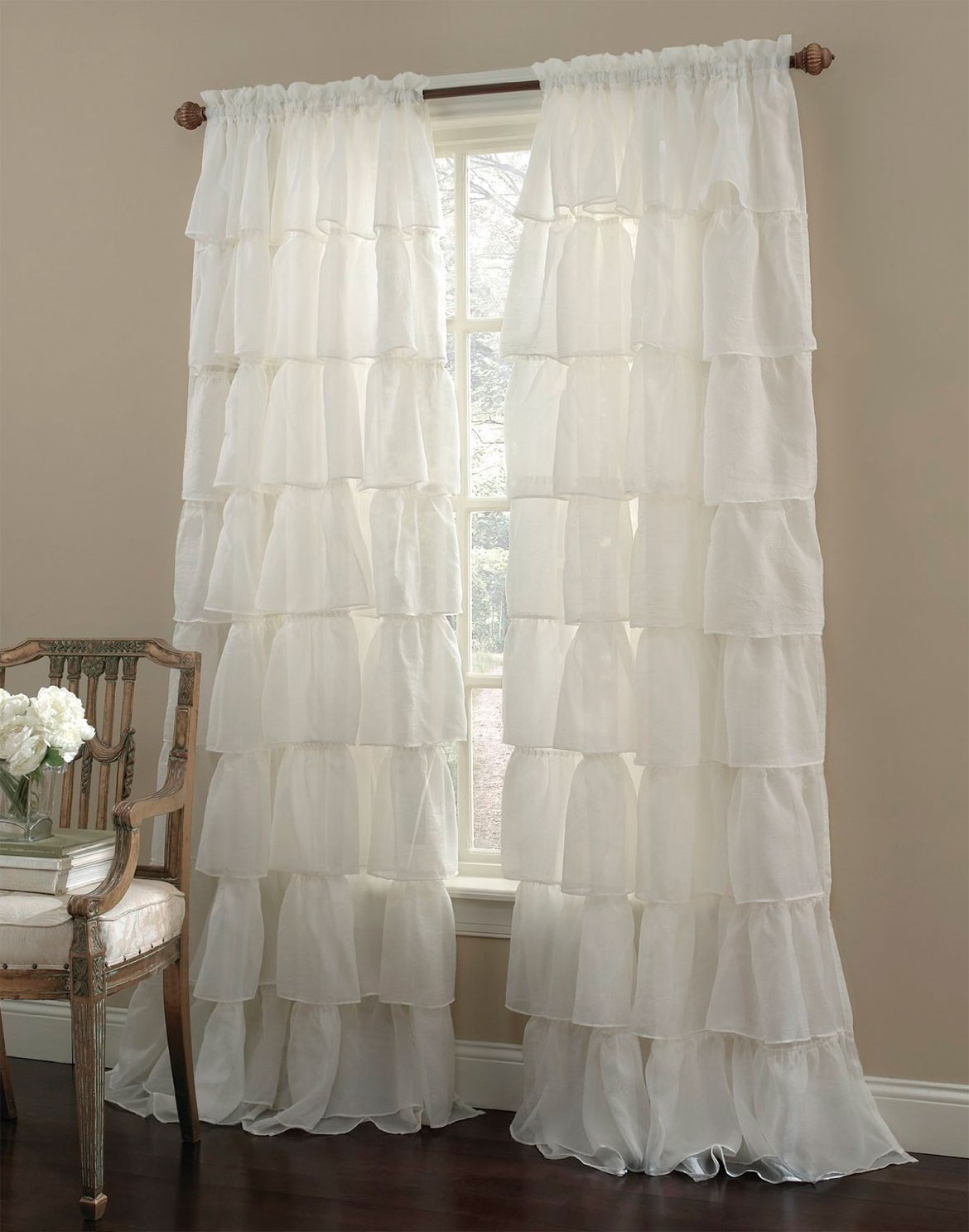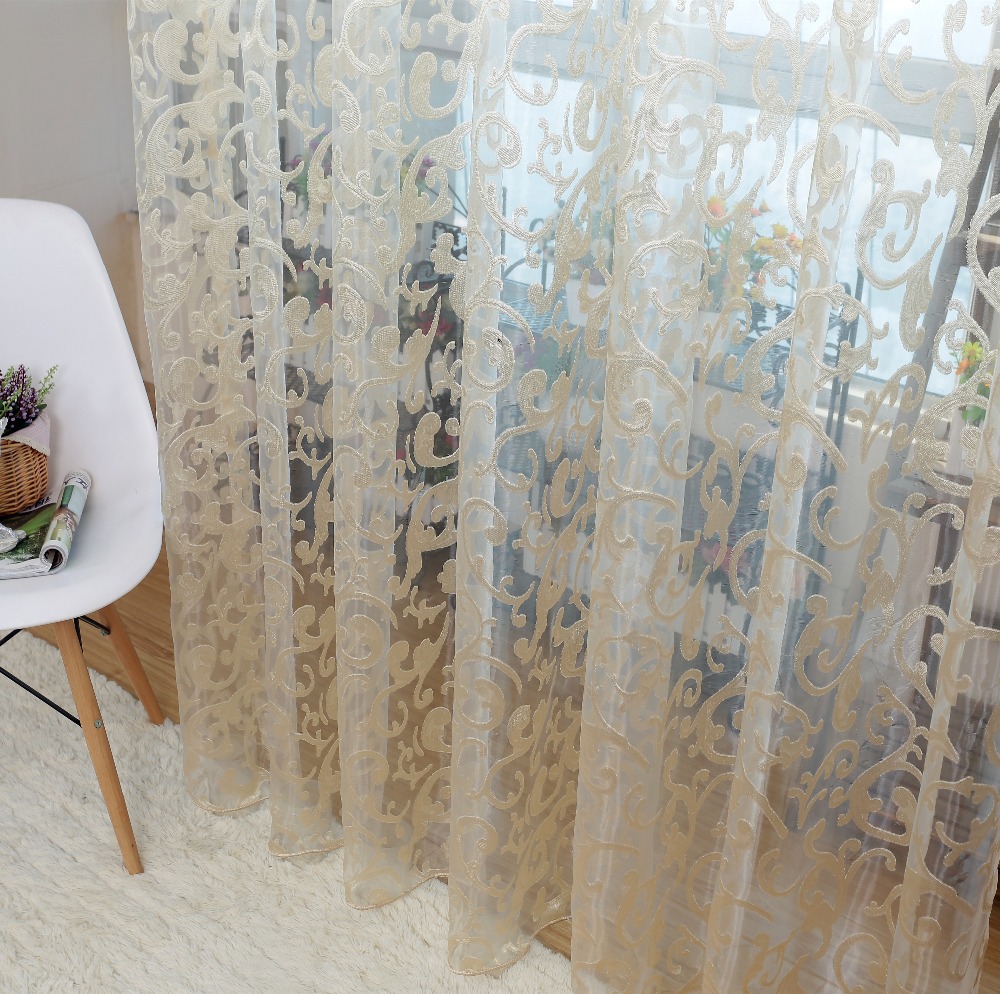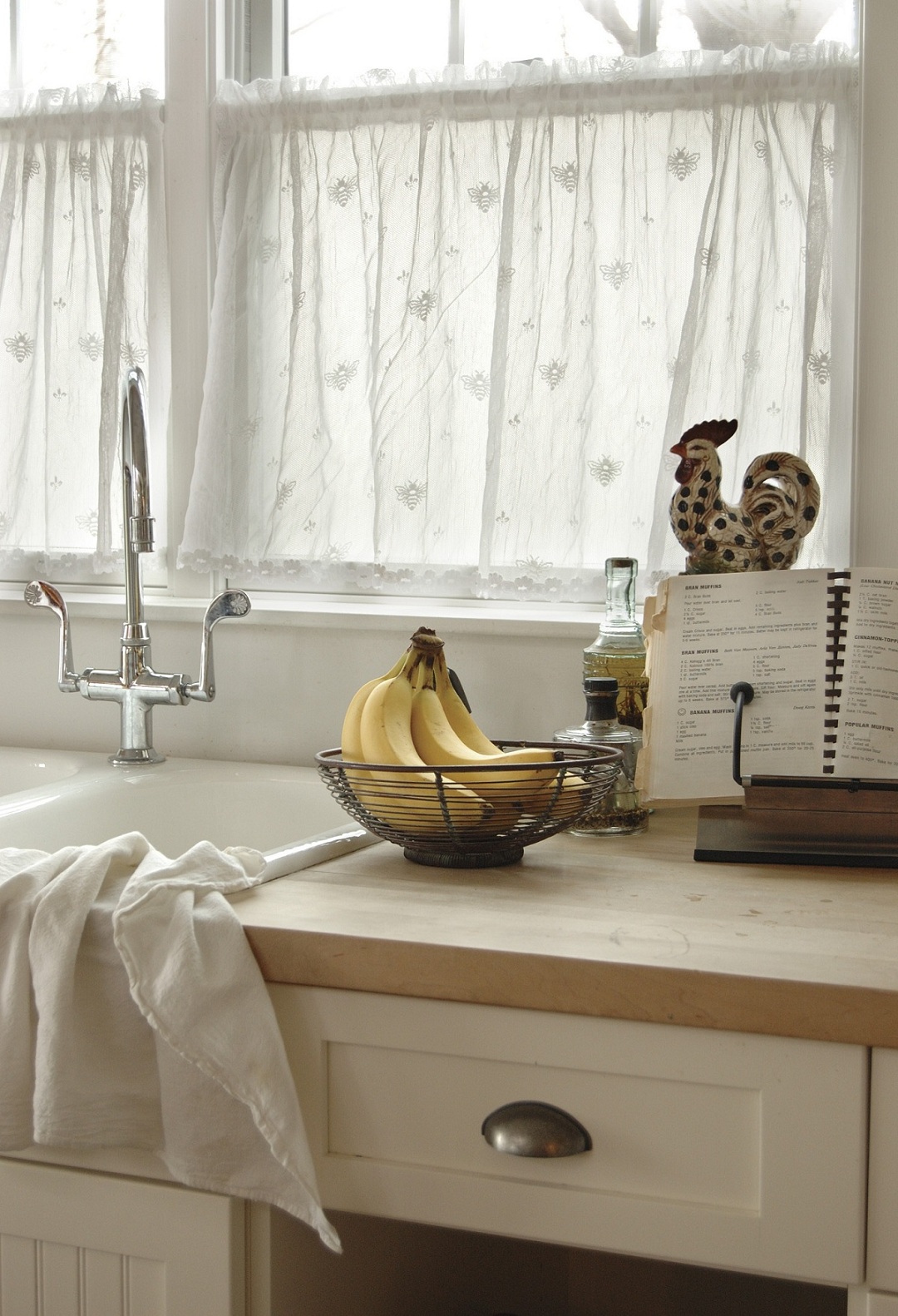Choose a tulle in the kitchen: interesting combinations (24 photos)
Content
Tulle is a light, delicate, decorative fabric, beautiful interior material. Translucent fabric is made in the form of openwork mesh, decorated with patterns. Tulle is widely used to create a variety of wardrobe items, home textiles, as well as for sewing kitchen curtains.
History and fabric manufacturing
According to legend, in the 15th century, the king of France decided to marry. His bride, a beautiful young lady, wished a completely unusual wedding present. She wanted her wedding toilet to be decorated with a headdress made of amazing fabric that would hide her features, but allow her to see everything around. In an effort to fulfill the desire of his beloved, the king even decided to postpone the wedding so that the best artisans of the kingdom could make such material. The masters from the city of Tulle succeeded in fulfilling the royal will, thanks to which matter got its name.
Consider the materials from which tulle is most often made.
- Cotton is a natural fiber of plant origin. It is grown on special plantations, harvested soft fibers with a combine or manually, sorted, cleaned. It is lightweight, safe, durable and financially affordable.
- Silk is a protein fiber that is obtained by unwinding silkworm cocoons. About five thousand years ago, silk was learned to make in China. The special reflective structure of the fiber allows you to create light, glossy fabrics.
Modern fabric is a smooth mesh with small cells, which due to its structure looks very light and airy. Some varieties of fabric are decorated with a pattern, so that the tulle becomes like a weightless guipure. Such material is distinguished by elegant aesthetics.
Fabric Feature
Tulle for the kitchen should have a number of undoubted advantages, because the kitchen is such a place where there are many people, often high humidity, the risk of contamination of textile surfaces.
Among the positive characteristics of tulle are:
- lightness - the material does not require complex fasteners;
- beauty and aesthetic appearance - the fabric decorates the interior, comes with original decor and design;
- the material does not crease, drapes, forms elegant folds;
- light and breathability - tulle to the kitchen will help to visually increase the room due to good lighting, it will not prevent the aeration of the room in the summer, but at the same time it serves as a kind of insect screen (if the window is open, and there is no special mesh on the windows);
- ease of care - tulle can be washed at home without resorting to dry cleaning;
- durability - even after repeated washes, the curtain will retain a decent appearance, it is a wear-resistant material;
- antistatic - does not electrify and does not accumulate dust.
Tulle in the kitchen can be combined with other fabrics that are traditionally used to create curtains: organza, jacquard, satin, satin and many others, which allows you to create an interesting kitchen design.
Unfortunately, even a material with such an impressive list of positive qualities has flaws. Due to the weightless structure, the tulle needs to be protected from mechanical damage, the fabric is easy to tear.In summer and spring, with open windows, tulle does not trap dust, therefore, it is not suitable for people who are prone to allergic reactions.
Varieties of tulle
Curtains and tulle are able to easily and quickly transform any interior. The harmonious use of textiles allows you to visually expand the space, hide a variety of shortcomings, even “raise” the ceiling. Tulle for the kitchen varies in the way of decoration, in drapery, design, color and density. Popular decorative elements:
- the use of lurex, gold and silver threads;
- textile bows, ruffles and ruffles;
- braid or lacing to give the product volume or unusual shapes.
Tulle is used for products of different designs.
Roman curtains
This type of textile is also called "Romanesque." It is characterized by a special control system and a special appearance. Roman curtains in the kitchen are a rectangular piece of fabric that can be lifted like blinds.
Austrian curtains
They are products with lush folds resembling a smile in shape, as well as a lifting system similar to the Roman one. Typically, such curtains are lifted using cords or braid, despite the magnificent appearance, they are easily attached to the window.
Curtains
Light, flowing curtains made of translucent fabric, mainly used for decoration.
Japanese panels
Curtains in the style of minimalism, reminiscent of a screen or screen, are made of long rectangular sections of fabric equipped with a control system. Such curtains can be moved horizontally and layered to reduce transparency. Oriental design allows you to give the kitchen a special charm.
Roll tulle to the kitchen
These are practical, durable roller blinds, are mounted on a horizontal shaft and, if necessary, are folded into a compact laconic cassette.
Lambrequins
Decorative drapery located in the upper part of the window in a horizontal position. Usually used in combination with curtains in small rooms as a decoration, independent use is acceptable. Also, tulle with lambrequin made of a more dense material goes well.
Depending on the color scheme, the size of the kitchen and the overall interior style, various types and designs of products are used. To choose a tulle, let us consider in more detail the features of this textile, artistic solutions and other tricks.
Tulle and interior design
Kitchen textiles should be not only practical, but also attractive. Often, the whole family gathers in the kitchen for a common meal, so the atmosphere should be comfortable, conducive to communication and increase appetite. When choosing a tulle, you should pay attention to such nuances and options that will help answer the question of how to choose the best textile:
- The curtains in the kitchen, located on the north side, are chosen in warm colors to visually “warm” the room. Tulle is soft brown, orange, beige, golden.
- Southern rooms will help to “refresh” the cold shades of blue, blue and green.
- White tulle is very demanding in care, however it is traditionally used as an element that helps to expand the kitchen space.
- Black and gray colors - this is a very bold decision, looks good in a contrasting interior, and is used as an accent. Tulle of black color passes the light worse than others.
- A short tulle is considered a more practical option for the kitchen, while the ends of a long product will drag on the floor and quickly lose their beauty. However, the long fabric looks good on the balcony window when it does not cover the wall, but the door.
- Lightweight textiles are ideal for Provence-style interiors, where light lines, natural lighting, and general lightness dominate.
- Tulle fits perfectly into the kitchen with a balcony door and does not impede movement.
- Combined curtains (tulle in combination with another fabric) are considered more universal and better protect against light and heat.
Kitchen textiles are selected according to the principle of contrast or harmony. Upholstery, towels and curtains can be made in one color and at the same time contrast with furniture, the color of the walls, floor and ceiling, creating a modern design.
Also, tulle can harmonize with countertops, tiles, furniture color, decorative elements (paintings, panels, lampshades or shades of lighting fixtures).
Care
All textile items require regular care to maintain their attractive appearance. The information on the product label will help you choose the right washing mode. There are some basic guidelines to help you keep your product.
- Tulle can be washed by hand and in a washing machine (delicate mode will do).
- If you are worried about the integrity of the fabric, get a special small cover for washing machines and wash it - so the material will be reliably protected from all the irregularities of the drum, there will be no puffs or hooks.
- Tulle can be soaked.
- It is allowed to wash at low speeds (up to 500), otherwise the material crumbles and deforms.
- Suitable water temperature is up to 40ºC.
- Choose soft powders and bleaches that will not damage the delicate structure of the fabric.
- The recommended washing frequency is at least twice a year.
- Dry products naturally in the street (in the shade), on a balcony or in a well-ventilated area.
Before the first washing of tulle, it is necessary to familiarize yourself with the recommendations that the manufacturer places on the label or on the factory packaging of the product, because depending on the composition, density of the fabric, as well as the dyes used, the rules of care may vary slightly.
Tulle is the perfect solution for the kitchen, it is a light, light, practical fabric that can instantly transform any interior.
